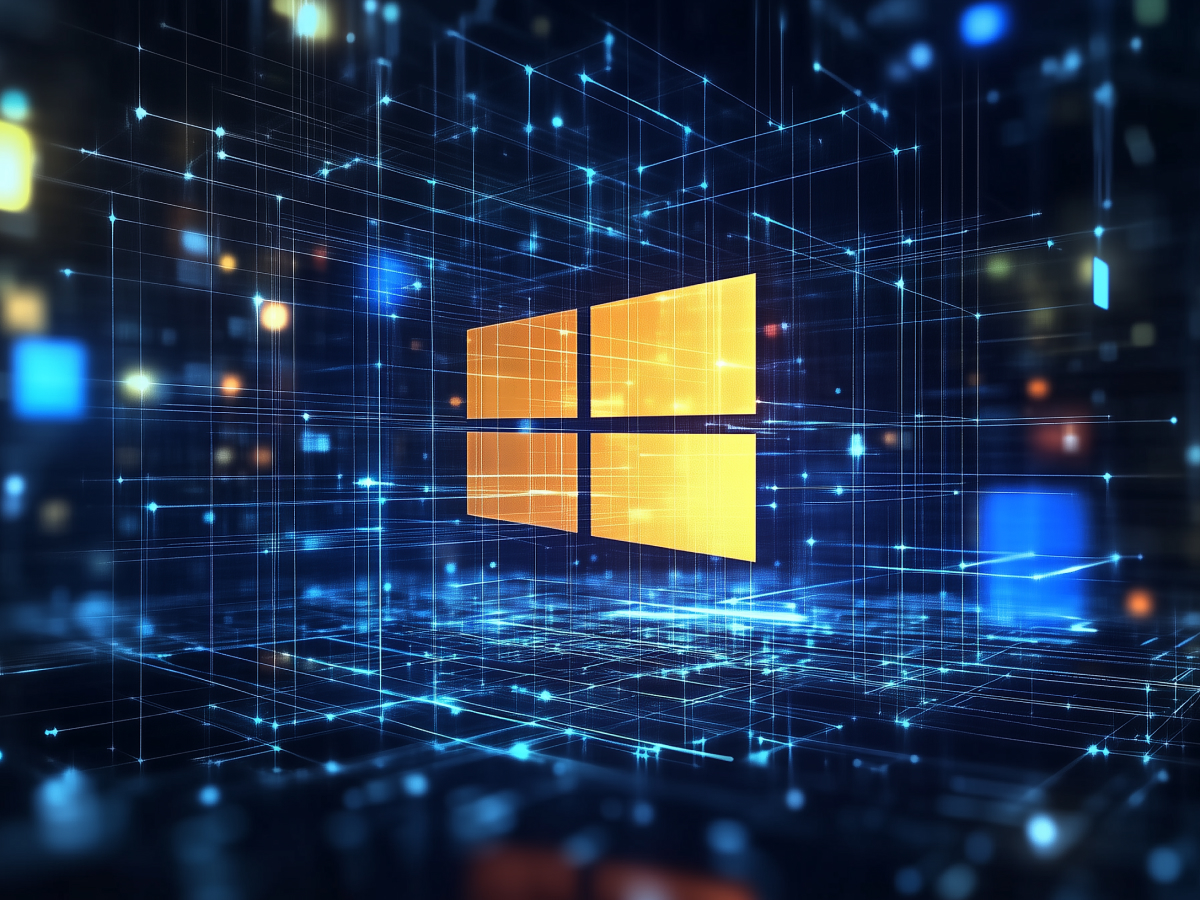What is Drasi and why should you care?
Microsoft has introduced Drasi, an open-source data processing system engineered to address the growing complexities of event-driven architectures. It simplifies how businesses detect and react to critical events in large, complex infrastructures.
The technology is particularly useful for IoT edge deployments and smart building management, where real-time data and responsiveness are priorities.
In these settings, systems continuously generate large volumes of data. Managing these data flows in real-time can quickly become a logistical challenge. Drasi directly addresses these issues by automating responses to data changes, reducing the burden on infrastructure and development teams.
Why Drasi’s continuous monitoring will change everything
Drasi brings a fresh approach to handling data changes by employing continuous monitoring and predefined queries. These queries assess incoming changes and trigger automated reactions only when necessary, eliminating the inefficiency of constant polling mechanisms.
Efficiency boosts are key for businesses handling large-scale systems where even minor delays or performance bottlenecks can have serious cost implications.
For example, constant querying can slow down systems and drain resources, especially when monitoring large datasets. Drasi avoids this by using continuous database queries, which directly monitor changes in real-time without overwhelming the system with redundant checks. This results in faster, more efficient data handling.
How continuous queries give you real-time power
One of Drasi’s main innovations is its use of continuous database queries to monitor system state changes. As Mark Russinovich, Microsoft Azure’s CTO, explained, when an event occurs, Drasi recognizes that part of a query has been satisfied, automatically responding to the specific condition.
Real-time responsiveness removes the need for constant manual interventions, driving faster system reactions—and the automated nature of these responses can greatly improve operational efficiency, particularly in data-intensive environments.
Drasi makes complex systems simple and boosts developer speed
Cutting through event-driven complexity
Event-driven architectures, while powerful, can become unwieldy due to their reactive nature. Drasi simplifies these architectures by automating much of the event detection and response process, dramatically reducing complexity.
According to Russinovich, this simplification translates into “incredible productivity” for developers.
Through removing repetitive tasks, such as constant querying of data sources, Drasi improves system performance and frees developers to focus on higher-level work.
In highly dynamic environments, where event-driven systems handle vast amounts of real-time data, Drasi’s ability to automate and streamline operations offers tangible benefits. This ultimately leads to greater productivity, as developers no longer need to manage intricate, manual processes to keep systems responsive and performant.
Why Drasi is a breakthrough for large-scale systems
For large-scale systems, constant querying of data sources creates performance bottlenecks that can slow down operations. Drasi eliminates this issue by only triggering responses when specific conditions are met, improving operational efficiency across the board.
In systems where data processing happens at scale, this is key—reducing the computational load and improves overall system throughput—saving time and resources.
As businesses continue to scale their operations and handle increasing volumes of real-time data, tools like Drasi become invaluable in maintaining system performance without sacrificing responsiveness.
How Drasi fits into Microsoft’s open-source vision for the cloud
The release of Drasi highlights Microsoft’s ongoing focus on open-source innovation in cloud-native computing. It follows the launch of Radius, Microsoft’s open cloud platform, pointing out the continued effort to deliver open, flexible tools that meet the needs of modern enterprises.
Many enterprises now prefer open-source solutions because they provide greater flexibility and foster collaboration across industries. The open-source nature of Drasi makes it accessible to businesses of all sizes, letting them leverage cutting-edge technology without being locked into proprietary systems.
Why Microsoft keeps pushing open-source innovation
Microsoft’s strategy is clear: contribute to the open-source community and provide tools that help enterprises build cloud-native applications at scale. Demand for cloud-native solutions is increasing, as many businesses are shifting to architectures that prioritize scalability, flexibility, and interoperability.
The Azure Incubations team’s open-source track record shines with Drasi
Drasi is the latest project from the Azure Incubations team, which has a proven track record of delivering successful open-source solutions.
Other projects from this team, such as Dapr, KEDA, and Copacetic, have already gained traction in the Cloud Native Computing Foundation (CNCF). These tools have been widely adopted by developers looking for reliable, community-driven solutions to complex cloud-native challenges.
Success of these past projects reinforces the potential of Drasi to become a go-to solution for businesses seeking more efficient ways to manage event-driven architectures.
How Drasi and Radius tackle cloud challenges from different angles
Radius and Drasi work together to solve complementary challenges in cloud computing. Radius focuses on the deployment and management of cloud-native applications, while Drasi addresses the complexities of event-driven architectures.
A dual focus here helps developers and operations teams manage modern cloud environments with greater ease and flexibility. Using both tools, businesses can streamline the entire lifecycle of cloud-native application development and management.
Drasi might soon sync with Microsoft’s key data services
Looking ahead, Microsoft may integrate Drasi with its core data services, including Postgres database and Cosmos DB—which would allow users to leverage Drasi’s real-time monitoring capabilities alongside their existing data systems, creating a more unified and efficient architecture.
Drasi could also be offered as a standalone service, further broadening its potential applications across different platforms.
Final thoughts
As businesses increasingly rely on real-time data to drive decisions and improve efficiency, the question becomes: Are you equipped to handle the growing complexity of event-driven systems? With tools like Drasi disrupting how data is processed, now is the time to consider—how will your business adapt to stay agile and competitive?




